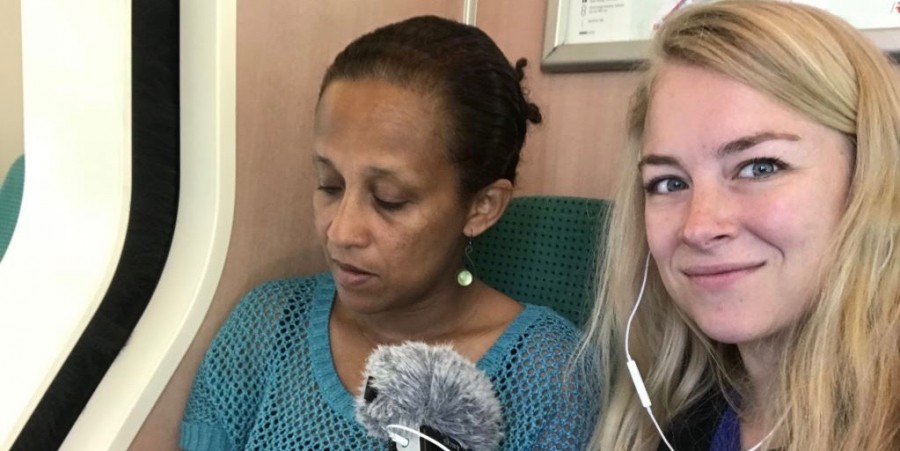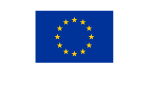by Jane Whyatt
The murders of women journalists Lyra McKee, Daphne Caruana Galizia, Viktoria Marinova and Kim Wall, and of Jan Kuciak’s fiancée Martina Kusnirova, are a grim reminder that women are at risk when they speak out against corruption or speak up for people who are marginalised in society.
ECPMF’s Mapping Media Freedom, is a monitoring site in which a wide range of different violations of media freedom are logged. For TV presenter Raquel Gullan on Lanzarote and reporter Laila Jimenez in Barcelona, the attacks were doubly humiliating because they happened on air. In Gullan’s case, the man who grabbed and kissed her during a live news broadcast has been prosecuted and fined for sexual assault. A Catalonia independence demonstrator poured vodka over her head and she was verbally abused by the crowd and forced to make her live broadcast from a different location.
In a similar politically-charged attack, a man yelling abuse about the BBC’s alleged political bias threw a cup of hot chocolate at BBC South political correspondent Lauren Moss, just moments before she was due to go live from an event in Brighton, UK.
The threat of such attacks had earlier led the BBC to provide a private bodyguard for its Political Editor Laura Kuennsberg when covering the Labour conference in Brighton.
In situations like these, reporters and camera crews – male and female – rely on the police for protection. But for Nadège Picard, they turned out to be the aggressors. She was hit on the leg with a tear gas canister, causing severe bruising. The case was highlighted at the French launch of the Press Freedom Police Codex in Paris, in February 2020.
For women in these situations, going to the police is not the answer. In Lithuania, working with local police to expose a contraband racket meant that reporter Žydrūnė Jankauskienė, was exposed to a campaign of harassment and abuse from different people she had written about including a businessmen. Once she was bombarded with abuse in a local supermaket where she was shopping with her daughter, who sadly too had to go through the ordeal.
Under the newly launched Media Freedom Rapid Response (MFRR) mechanism, and through ECPMF’s Women’s Reporting Point, women journalists can report cases of harassment. This will be dealth with immediately by ECPMF’s women staff. This is an additional response mechanism, to the Mapping Media Freedom monitoring service, where anyone can post details of media workers at risk.















